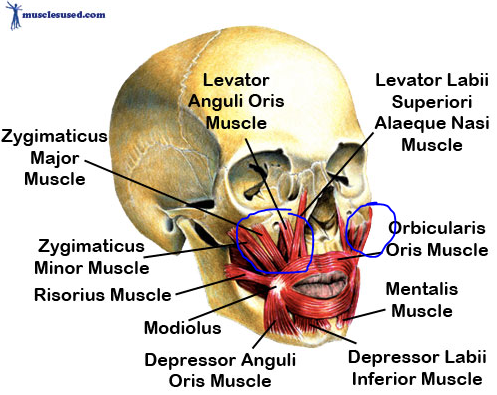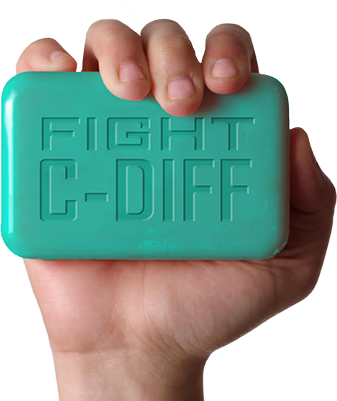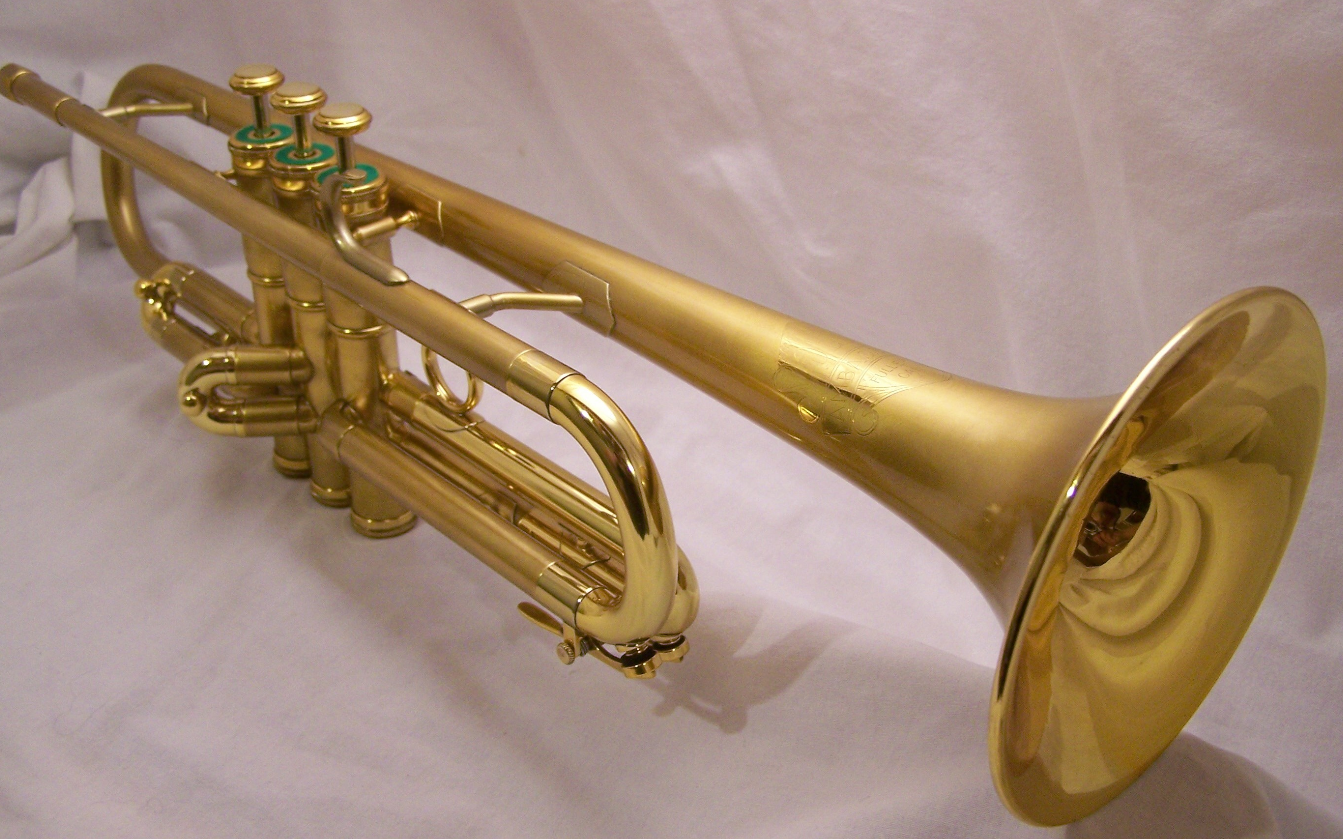@Carsen-Abraham said in Problems with Air and Nose:
@Dr-Mark I can do everything except for sing without air coming out of my nose. Should I be trying to strengthen my soft palate so it doesn’t give out?
Carsen-Abraham. I searched PubMed and while there are articles (as our administrator posted) that tell you about the problem, there is little on reports of therapy. In the medical literature the most specific recommendation I could find is REST. They recommended 3 months of NO TRUMPET PLAYING. There is little comparison evidence to go full court press on this recommendation.
While resting the pallet makes sense (that IS what we as physicians recommend for any sprain), ANOTHER option is to try to BUILD back the pallet. That is where the vertical smile comes into play.
When most traditional trumpet players buzz, they are doing a lateral smile... they use muscles of the cheek and jaw that project East and West. I am recommending you use muscles that go North. The muscles of the cheek that insert into the zygimatic arch (bones along the lower eye sockets). Smile toward your eyes. THAT is a vertical smile. It pulls the pallet up not out. This will hopefully close the gap causing the air leak AND give you the BETTER TRUMPET embouchure that will increase your endurance with the minimum amount of strain. I have discussed this technique before on this TB forum (as well as on TM) as the Phwooooooo techniques as that is the sound this embouchure makes... not that inefficient disgusting buzz that most trumpet players seem to have drilled into their heads.
I have circled in the figure below the muscle groups to which I refer:

Watch my embouchure in this video of me playing:
https://drive.google.com/file/d/1HaK1sYi5_cfSw3C1N7Hv-Y9oA3PliAaR/view?fbclid=IwAR1MakCr297ZHEIPTQSav-MpA2DdE_aQVK43HU44d9KpLI-oir7Rh32ahB8
Note how my eyes buff out (not my jaw) when I play. Not how there is a ridge between my Orbicularis and jaw. That is because the muscles filling in the space (the buzz muscles) are not in use. This is the vertical smile that produces the Phwoooooo sound. Hope the anatomical and video illustrations help you but this together.





